- No products in the cart.
Siofor 1000 Table n / a film about 1000mg 60 pieces
$9.57
Siofor 1000 Table n / a film about 1000mg 60 pieces
Description
Composition
Active substance:
1 tablet contains: metformin hydrochloride – 1000.0 mg ;.
Excipients:
Hypromellose – 35.2 mg Povidone – 53.0 mg Magnesium stearate – 5.8 mg.
Coating: Hypromellose – 11.5 mg macrogol 6000 – 2.3 mg of titanium dioxide, E 171 – 9.2 mg.
Description:
Oblong tablets of white coated with a wedge-shaped recess “snap-tab” on a single line on the other side of the tablet.
Product form:
Tablets coated 1000 mg.
15 tablets in blisters (blister) [PVC film / aluminum foil].
2, 4 or 8 blisters together with instructions for use placed in a cardboard box.
Contraindications
Hypersensitivity to metformin or excipients of the formulation; diabetic ketoacidosis, diabetic precoma; renal insufficiency or impairment of renal function (creatinine clearance
The caution in children aged 10 to 12 years; persons over 60 years, performing heavy physical work (increased risk of developing lactic acidosis).
Dosage
1000 mg
Indications
Type 2 diabetes, especially in patients who are overweight, while poor diet and physical activity.
In adults, the drug Siofor® 1000 can be used as monotherapy or in combination therapy with other oral hypoglycemic agents and insulin.
In children older than 10 years of drug Siofor® 1000 can be used as monotherapy or in combination with insulin.
Interaction with other drugs
The simultaneous use is contraindicated
Iodine-containing contrast agents
Intravascular administration of iodinated contrast agents in patients with diabetic renal failure may be complicated, whereby metformin accumulates and increases the risk of lactic acidosis. Use of the preparation should be discontinued Siofor® 1000 for 48 hours before and not to resume earlier than 2 days after radiological studies using iodinated contrast agents under normal serum creatinine concentration.
Simultaneous use is not recommended
Alcohol and drugs etanolsoderzhaschie
The risk of lactic acidosis increases with acute alcohol intoxication, or the simultaneous use of ethanol-containing preparations, especially against the background of fasting or eating disorders, and liver failure.
Simultaneous use requires caution
The simultaneous use of metformin with danazol may lead to the development of hyperglycemia effect. If necessary, treatment with danazol and after the termination of its use required a dose adjustment of metformin under the control of concentrations in plasma glucose. While the use of oral contraceptives, epinephrine, glucagon, thyroid hormones, phenothiazine derivatives, nicotinic acid may increase plasma concentrations of glucose. Nifedipine increases absorption, the maximum concentration in the blood plasma metformin, prolongs its elimination. Cationic drugs (amiloride, morphine, procainamide, quinidine, hiniin, ranitidine, triamterene, vancomycin), is secreted into the tubules, compete for tubular transport systems and long-term therapy may increase the maximum concentration of metformin in plasma. Cimetidine slows the excretion of the drug, resulting in increased risk of developing lactic acidosis. Metformin reduces the maximum concentration and half-life of furosemide; may weaken the effect of indirect anticoagulants.
Glucocorticoids (systemic and topical application), beta-agonists and diuretics have hyperglycaemic activity. It should be more carefully monitored in the plasma glucose concentration, particularly early in treatment. If necessary, the dose of metformin should be adjusted for the period of simultaneous application, and after withdrawal of these drugs.
ACE inhibitors and other antihypertensive drugs can reduce plasma glucose concentration. If necessary, the dose of metformin can be adjusted.
With the simultaneous application of the drug Siofor® 1000 sulfonylureas, insulin, acarbose, salicylates may increase hypoglycemic action.
Overdose
When metformin in doses up to 85 g of hypoglycemia was not observed.
When a large overdose may develop lactic acidosis, symptoms are severe weakness, respiratory disorders, drowsiness, nausea, vomiting, diarrhea, abdominal pain, hypothermia, lowering blood pressure, reflex bradyarrhythmia. May experience muscle pain, confusion and loss of consciousness. If you suspect that the development of lactic acidosis recommended the immediate withdrawal of the drug and emergency hospitalization.
The most effective method to remove lactate and metformin from the body – hemodialysis.
pharmachologic effect
Pharmacological group:
Hypoglycemic agent for oral use biguanide group.
Pharmacodynamics:
Metformin belongs to the biguanide group. It has antihyperglycemic effect. It reduces both basal and postprandial blood glucose levels. It does not stimulate insulin secretion and therefore does not lead to hypoglycemia.
The action of metformin based on the following mechanisms: -reduction of glucose production in the liver due to inhibition of gluconeogenesis and glycogenolysis; increasing the sensitivity of muscles to insulin and consequently improve glucose uptake in the periphery and glucose utilization at the periphery; -ugnetenie glucose absorption in the intestine.
Metformin by acting on glikiencintetazu stimulates intracellular glycogen synthesis. Increases the transport capacity of all hitherto known glucose membrane transport proteins.
It has, independently of its effects on plasma concentrations of glucose, a beneficial effect on lipid metabolism, reduces the concentration of total cholesterol, LDL cholesterol and triglycerides.
Pharmacokinetics:
After taking the drug inside, metformin is absorbed almost completely from the gastrointestinal tract, maximum concentration (Cmax) in plasma is reached after 2.5 hours and at the maximum dose does not exceed 4 micrograms / ml. Mealtime intake decreases slightly slowed down. It accumulates in the salivary glands, muscles, liver and kidneys. Penetrate into erythrocytes. The absolute bioavailability in healthy subjects is approximately 50-60%. Practically does not bind to plasma proteins. The mean volume of distribution (Vd) is 63-276 l.
Excreted by the kidneys unchanged. Renal clearance of> 400 ml / min. The half-life (T1 / 2) is about 6.5 hours. By reducing renal clearance is reduced proportionally metformin creatinine clearance, respectively, half-life period is prolonged and the concentration of metformin in the plasma increases.
Pregnancy and breast-feeding
The drug Siofor® 1000 is contraindicated during pregnancy and breastfeeding.
The patient should be warned of the need to put in a doctor’s reputation in the event of pregnancy. When planning a pregnancy or the occurrence of a patient with type 2 diabetes drug should be removed, using insulin to normalize or as close to normal plasma glucose concentration to reduce the risk of fetal defects due to pathological effects of hyperglycemia.
Metformin penetrates into the milk of laboratory animals. Similar data for humans available, so your doctor should decide whether to terminate breast-feeding; or withdrawing the drug Siofor® 1000, taking into account the need of the drug in the mother.
Conditions of supply of pharmacies
On prescription.
side effects
Possible side effects when using the drug are listed below in descending frequency of occurrence: often (> 1/100, 1/1000, 1/10000,
From the nervous system:
Common: taste disturbance.
From the digestive system:
Very common: nausea, vomiting, diarrhea, abdominal pain, loss of appetite, “metallic” taste in the mouth.
These adverse effects often occur at the beginning of therapy and in most cases take place spontaneously. To prevent symptoms of the dose is recommended to distribute to 2-3 doses during or after meals. The gradual increase in the dose improves the tolerability of the gastrointestinal tract.
For the skin:
Very rarely, skin reactions such as redness, itching, hives.
From a metabolism:
Very rare: Lactic acidosis (requires discontinuation of treatment).
With prolonged use of a decrease in vitamin B12 absorption and a decrease in its plasma concentrations. This should be considered if the patient megaloblastic anemia.
Disorders of the liver and biliary tract:
Individual messages: reversible liver function abnormalities lead to increased activity “liver” enzymes, or hepatitis extending after discontinuation of metformin.
special instructions
Lactic acidosis – a serious pathological condition is extremely rare, due to the accumulation of lactic acid in the blood, the cause of which could be accumulation of metformin. Described cases of lactic acidosis in patients receiving metformin were observed primarily in diabetic patients with significant renal failure. Prevention of lactic acidosis involves identifying all related risk factors, such as decompensated diabetes, ketosis, prolonged fasting, excessive alcohol intake, hepatic insufficiency and any condition associated with hypoxia. If you suspect that the development of lactic acidosis recommended the immediate withdrawal of the drug and emergency hospitalization.
Since metformin is excreted by the kidneys, should determine the concentration of creatinine in the blood plasma before treatment, and then regularly. Particular caution should be exercised in cases where there is a risk of renal dysfunction, for example, at the beginning of therapy with antihypertensive drugs, diuretics or non-steroidal anti-inflammatory drugs (NSAIDs).
Treatment with Siofor® 1000 to temporarily replace therapy other hypoglycemic agents (e.g., insulin) for 48 hours before and 48 hours after radiological studies with intravenous administration of iodinated contrast agents.
Use of the drug Siofor® 1000 must be stopped for 48 hours before elective surgery under general anesthesia, with a spinal or epidural anesthesia. Therapy should continue after the resumption of oral food or no earlier than 48 hours after surgery subject to confirmation of normal renal function.
Siofor® 1000 does not replace diet and daily exercise – these therapies should be combined according to your doctor’s recommendations. During treatment Siofor® 1000 all patients should adhere to dietary carbohydrate intake evenly throughout the day. Patients who are overweight should observe low-calorie diet.
Standard for patients with diabetes mellitus laboratory tests should be carried out regularly.
Before using the product Siofor® 1000 children from 10 to 18 years should confirm the diagnosis of type 2 diabetes.
During the one-year controlled clinical studies of the effect of metformin on growth and development, and sexual maturation of children is not observed, the data on these indicators at a long-term use are not available. In this regard, we recommend careful monitoring of the relevant parameters in children receiving metformin, particularly in prepubertal (10-12 years).
Monotherapy Siofor® 1000 does not lead to hypoglycemia, but it is recommended to use caution while using the drug with insulin or sulfonylureas.
The effect on the ability to operate vehicles, machinery
Use of the drug Siofor® 1000 does not cause hypoglycemia, so does not affect the ability to drive vehicles and maintenance mechanisms.
With the simultaneous application of the drug Siofor® 1000 to other hypoglycemic drugs (sulfonylureas, insulin, repaglinide), may develop hypoglycemic states, so care must be taken when driving and other potentially hazardous activities that require concentration and psychomotor speed reactions.
Storage conditions
At a temperature of not higher than 25 C.
Drug store out of reach of children !.
Dosing and Administration
Inside.
The dose and mode of administration of the drug, as well as the duration of treatment established by the attending physician depending on the concentration of glucose in the blood plasma.
Adults
monotherapy
The recommended starting dose is 500 mg (1/2 tablet formulation Siofor® 1000) 1 times a day, during or after meals.
10-15 days after initiation of drug may further gradual increase in the dose as a function of concentration in plasma glucose to an average daily dose of 2 tablets of the preparation Siofor® 1000. The gradual increase in the dose improves the tolerability of the gastrointestinal tract.
The maximum dose is 3000 mg (3 tablets of the preparation Siofor® 1000) per day in 3 divided doses.
In the event of a transfer of the patient to treatment with Siofor® 1000 therapy other antidiabetic drug, you should stop taking the last and start taking the drug Siofor® 1000 the above-mentioned doses.
Joint application with insulin
The drug Siofor® 1000 and insulin can be combined to improve glycemic control. The standard starting dose of 500 mg (1/2 tablet formulation Siofor® 1000) 1-2 times a day with gradual increase dose at intervals of about one week to an average daily dose of 2 tablets; dose of insulin is determined based on the concentration of glucose in blood plasma.
The maximum dose is 3000 mg (3 tablets of the preparation Siofor® 1000) per day in 3 divided doses.
elderly patients
Because of the possible renal dysfunction in older patients the dose Siofor® 1000 are selected taking into account the concentration of creatinine in plasma. Requires regular assessment of renal function.
Children from 10 to 18 years
Monotherapy and combined use with insulin
The standard starting dose of 500 mg (1/2 tablet formulation Siofor® 1000) 1 times a day, during or after meals.
10-15 days after initiation of drug may further gradual increase in the dose as a function of concentration in blood plasma glucose. The gradual increase in the dose improves the tolerability of the gastrointestinal tract.
The maximum dose for children is 2000 mg (2 tablets Siofor® 1000 formulation) per day in 2-3 divided doses.
The dose of insulin is determined based on the concentration of glucose in blood plasma.
Information
Appearance may differ from that depicted in the picture. There are contraindications. You need to read the manual or consult with a specialist
Additional information
| Weight | 0.100 kg |
|---|---|
| Manufacturer | Berlin Chemie |

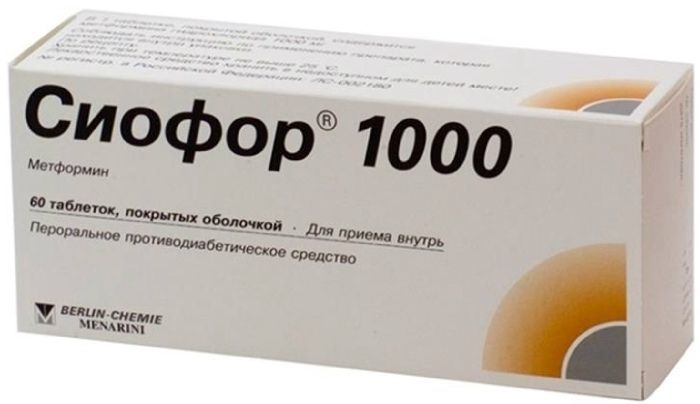
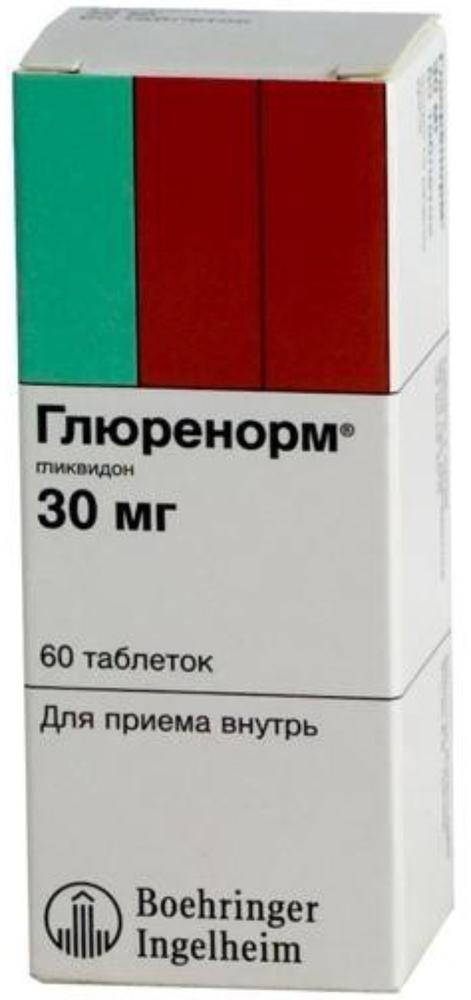
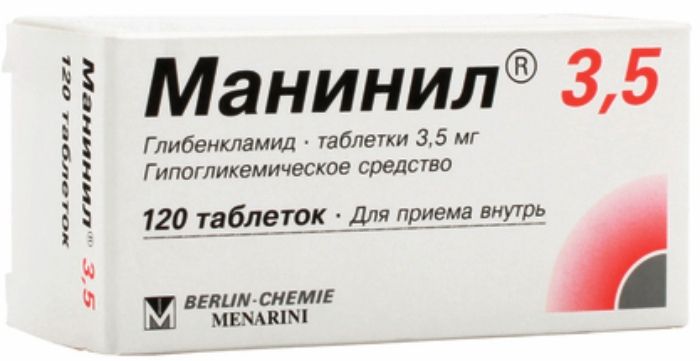
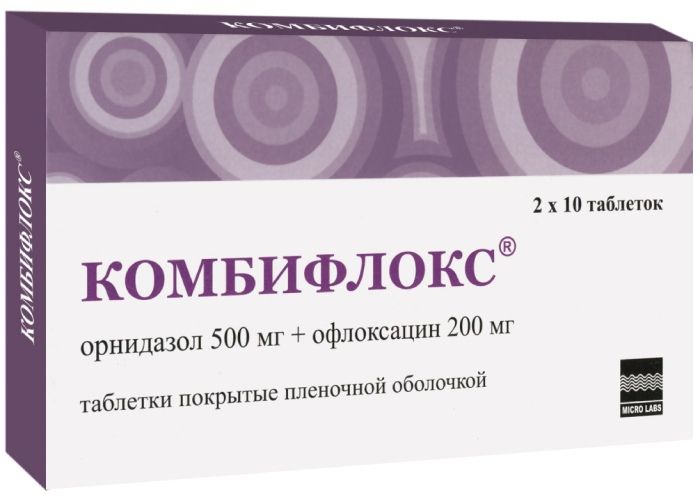
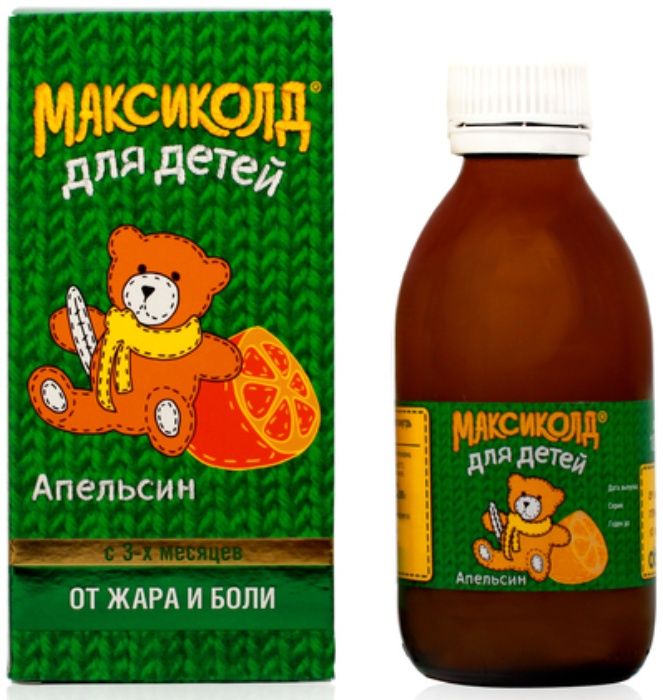

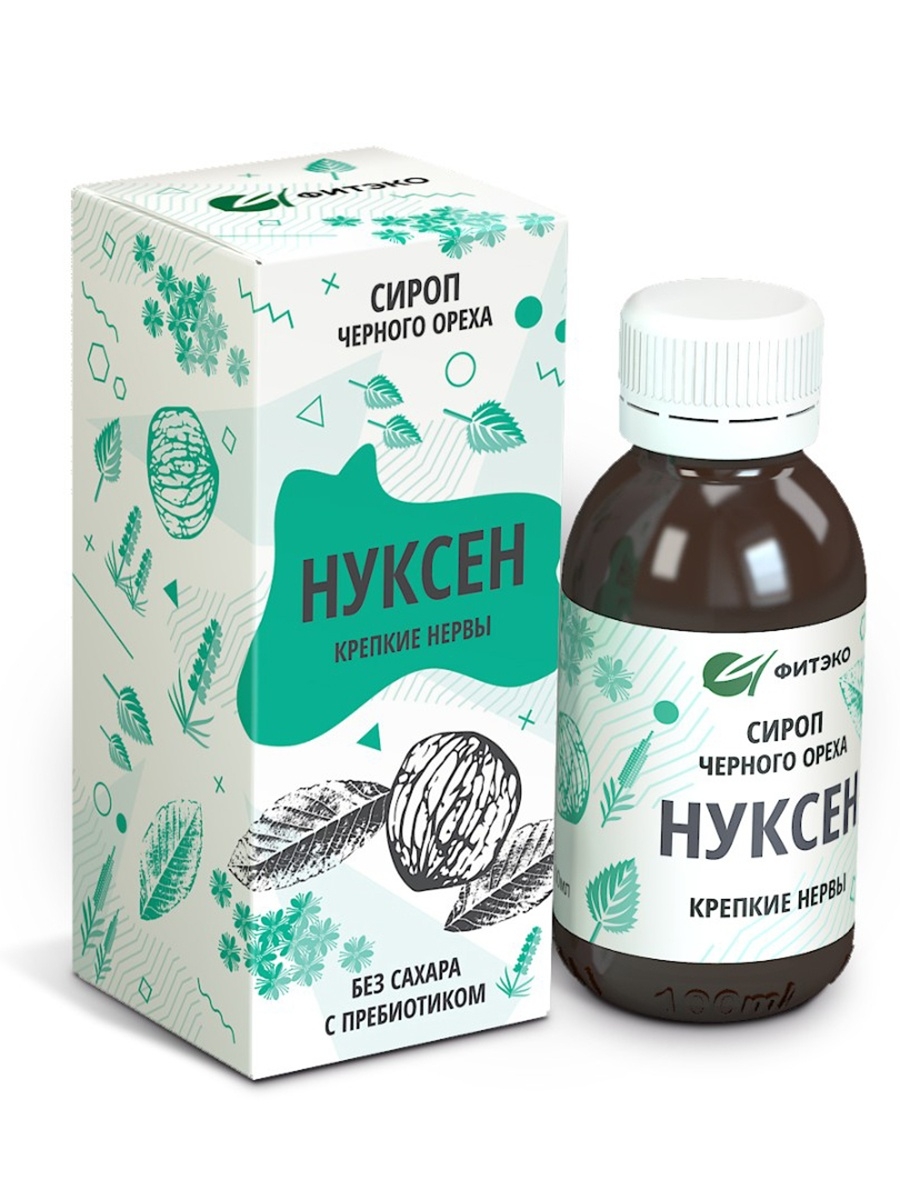





There are no reviews yet.